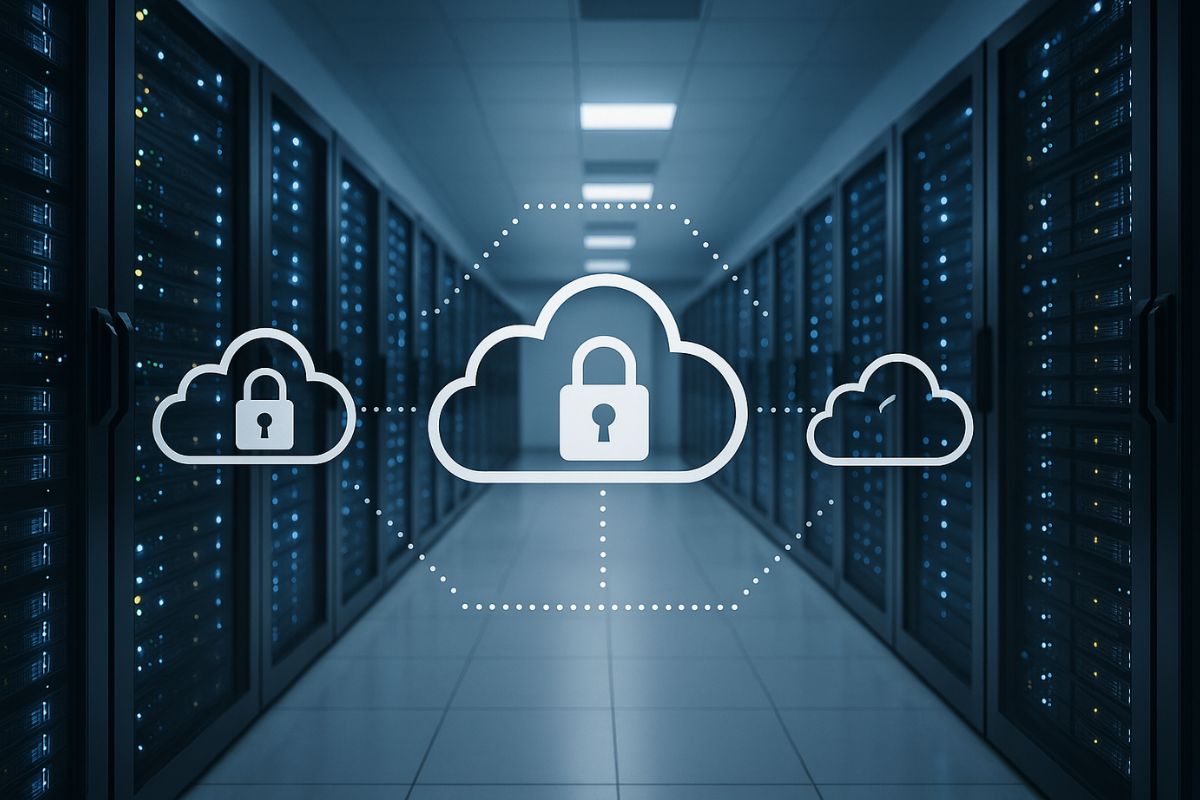Storing data in the cloud offers flexibility and scalability, but it also brings responsibilities. Ensuring that your information remains secure and private is essential for maintaining trust and compliance. Whether you’re a startup or a large enterprise, understanding and implementing effective cloud security measures is key to protecting your digital assets.
Key Strategies for Safeguarding Cloud Data
Implementing robust cloud security involves several critical practices:
- Understand Shared Responsibilities: Recognize the division of security duties between your organization and the cloud service provider. While providers secure the infrastructure, you’re responsible for protecting your data and managing access controls.
- Encrypt Data: Utilize strong encryption methods for data at rest and in transit. This ensures that even if data is intercepted, it remains unreadable without the proper keys.
- Manage Access Controls: Implement strict access policies, granting permissions based on roles and necessity. Regularly review and update these controls to prevent unauthorized access.
- Regular Audits and Monitoring: Continuously monitor your cloud environment for unusual activities and conduct regular security audits to identify and address vulnerabilities.
- Employee Training: Educate your team about security best practices and potential threats. Human error can often be the weakest link in security.
Understanding the Shared Responsibility Model
In cloud computing, security is a shared responsibility. Cloud providers are typically responsible for securing the infrastructure, including the physical data centers and hardware. However, you’re responsible for securing your data, managing user access, and configuring security settings appropriately. Understanding this model is crucial to ensure all aspects of your cloud environment are protected.
Implementing Strong Encryption Practices
Encryption is a fundamental aspect of data security. Ensure that all sensitive data is encrypted both when stored (at rest) and during transmission (in transit). Utilize encryption protocols recommended by your cloud provider and manage your encryption keys securely. This adds a layer of protection, making it significantly harder for unauthorized parties to access your data.
Effective Access Management
Controlling who has access to your data is vital. Implement role-based access controls (RBAC) to ensure users only have access to the information necessary for their roles. Regularly review access logs and permissions to detect and revoke unnecessary access rights. Employ multi-factor authentication (MFA) to add an extra layer of security during the login process.
Continuous Monitoring and Regular Audits
Proactive monitoring helps in early detection of potential security breaches. Utilize monitoring tools to keep an eye on your cloud environment’s activities. Regular security audits can uncover vulnerabilities and ensure compliance with security policies and standards. Addressing issues promptly can prevent minor problems from escalating into major security incidents.
Educating Your Team
Your employees play a crucial role in maintaining cloud security. Conduct regular training sessions to educate them about security policies, recognizing phishing attempts, and proper data handling procedures. An informed team is your first line of defense against security threats.
Conclusion
Securing your cloud environment is an ongoing process that requires diligence and proactive measures. By understanding your responsibilities, implementing strong encryption, managing access effectively, monitoring activities, and educating your team, you can significantly enhance your cloud security posture and protect your data privacy.
